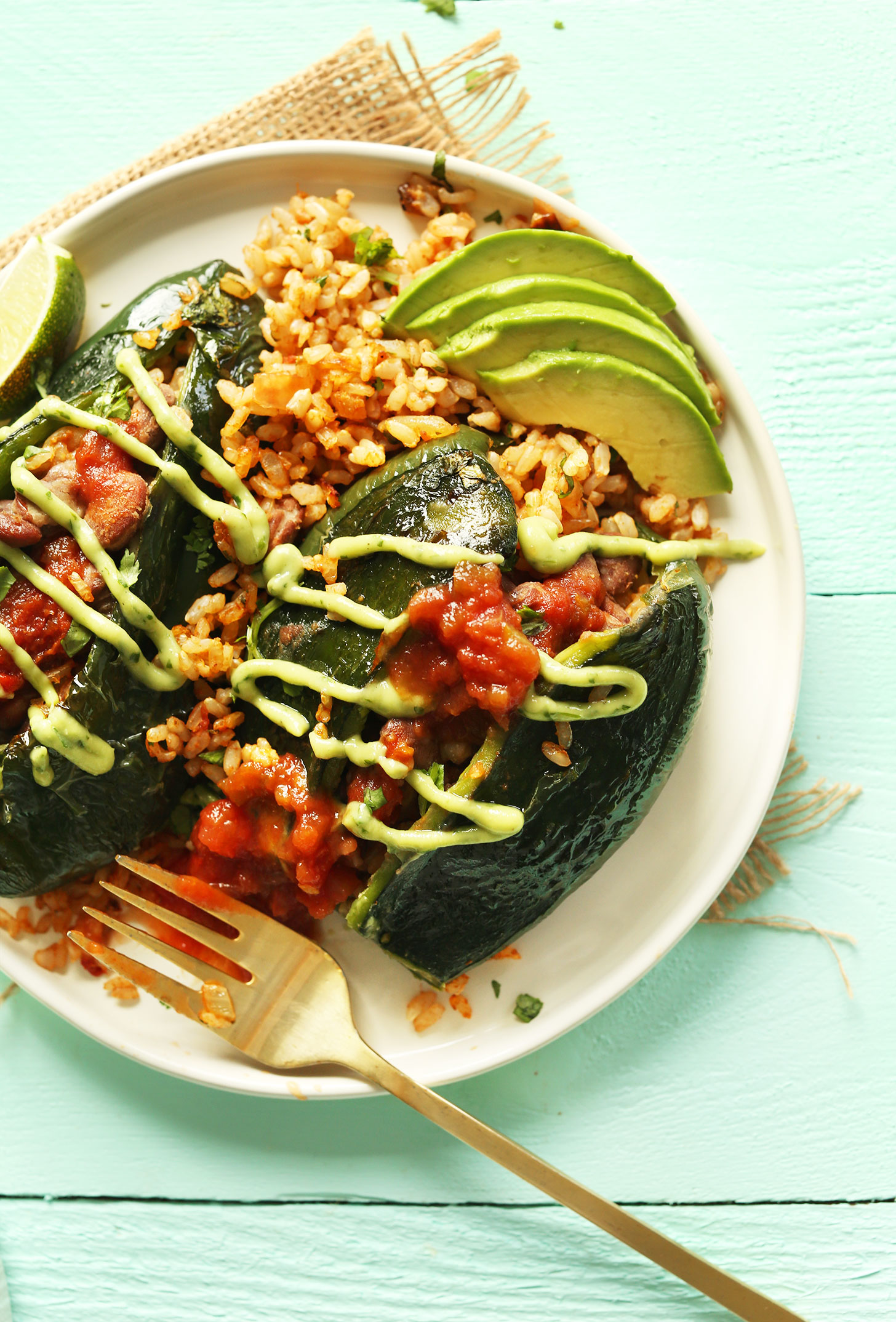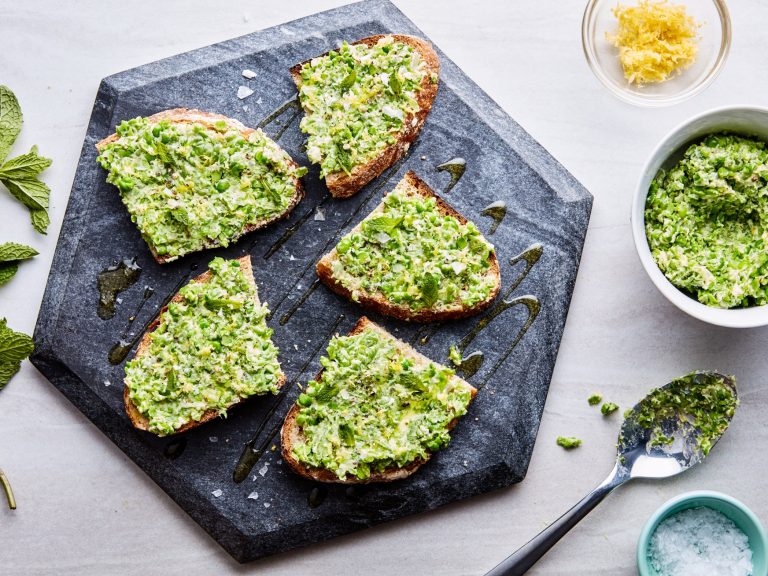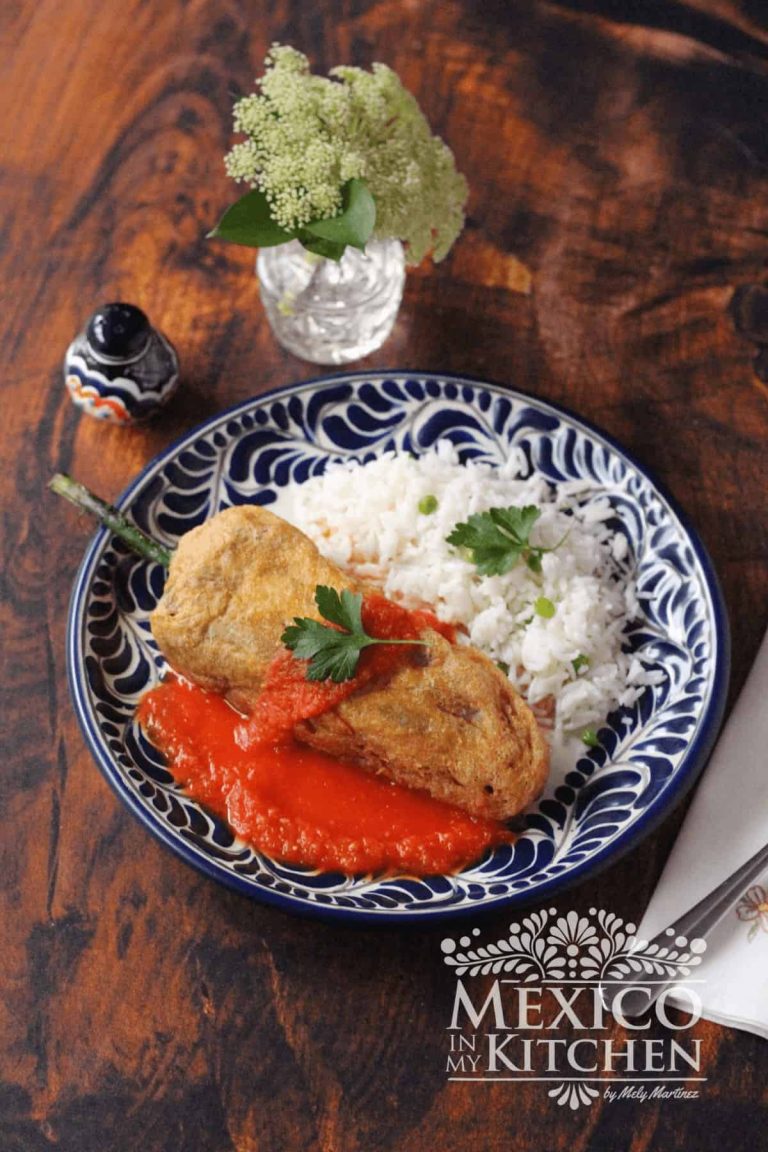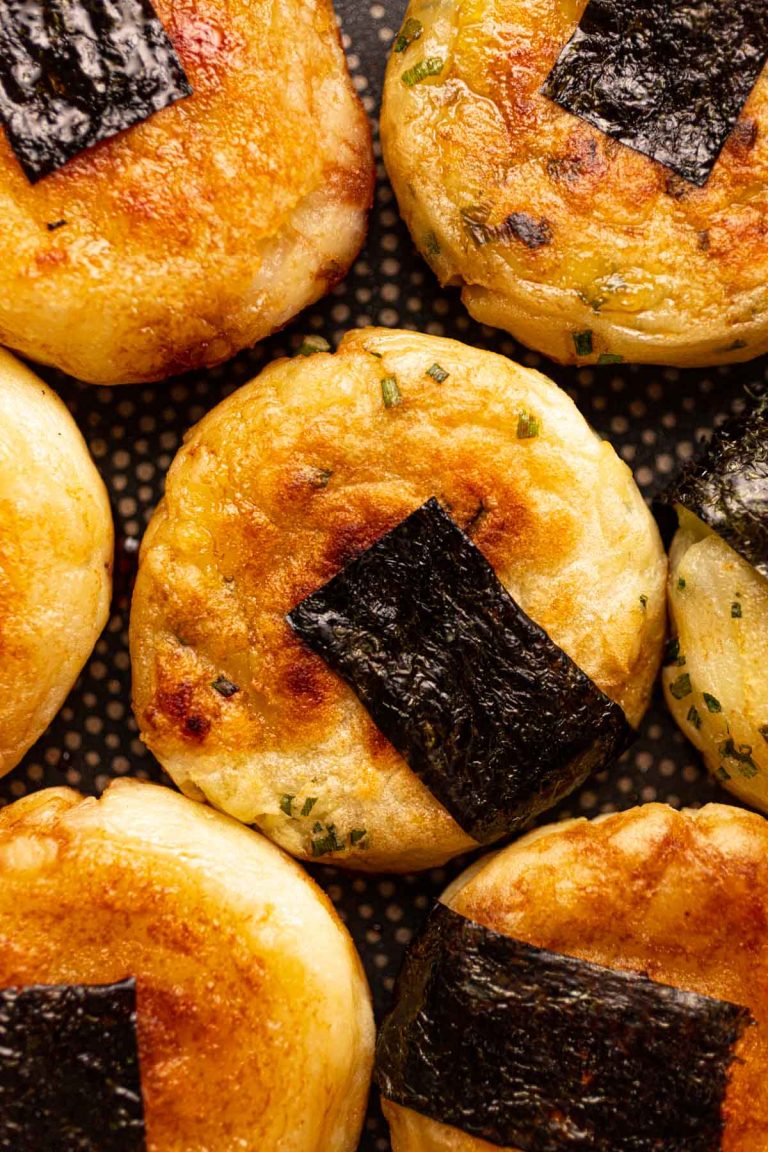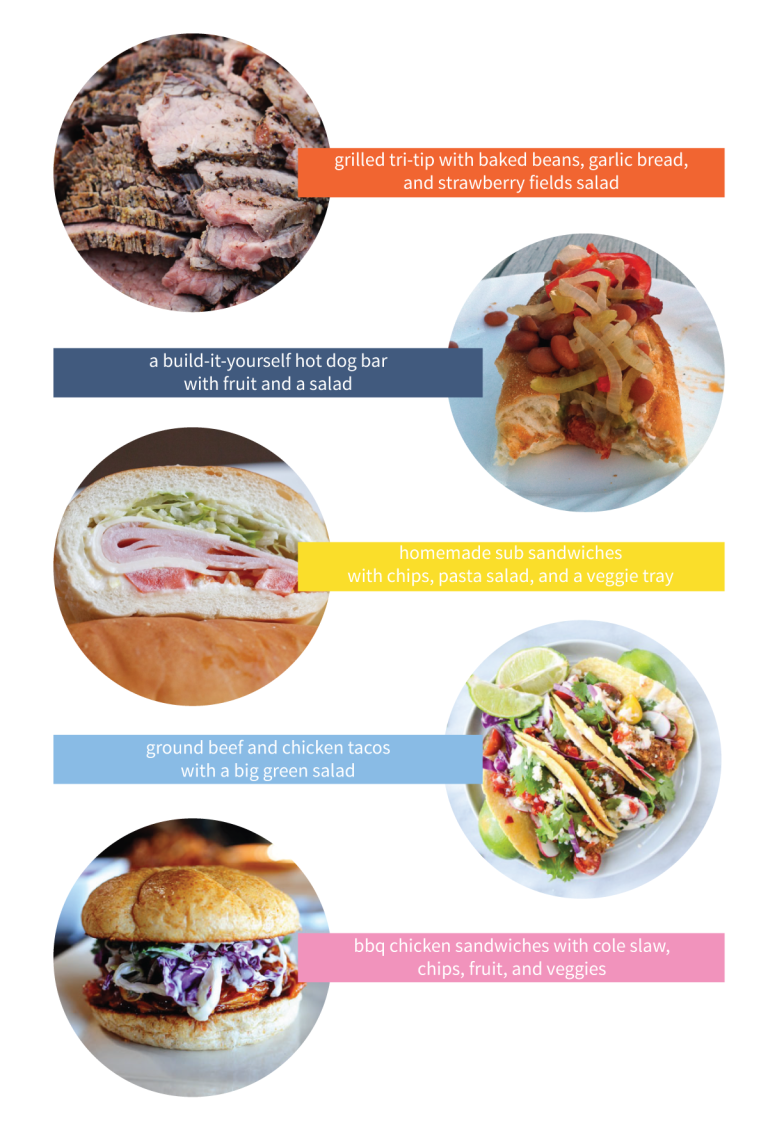Poblano Peppers Recipe: History, Variations, and Cooking Tips for a Flavorful Dish
Stuffed poblano peppers, known as “Chiles Rellenos,” originate from Mexican cuisine. The dish has been a staple in Mexican culture for centuries, dating back to at least the 16th century. Historical records indicate that Spanish colonizers introduced the concept of stuffing peppers with meats and spices to Mexico. The combination of local ingredients with European cooking techniques led to the creation of Chiles Rellenos.
Poblano peppers, originating from the Puebla region in central Mexico, stand out due to their mild heat compared to other chili peppers. The name “poblano” is derived from “Puebla.” Early Mexicans roasted and peeled these peppers before stuffing them with ingredients like cheese or picadillo, a mixture of meat, raisins, and nuts.
Regional Variations
Different Mexican regions have unique takes on stuffed poblano peppers. In Puebla, you might find the traditional Chiles Rellenos filled with cheese and bathed in a tomato sauce. Northern Mexico variations often include a stuffing of beef or pork with spices. Each region may use different sauces, such as tomato-based sauces or creamy walnut sauces, to complement the stuffed peppers.
In modern cuisine, stuffed poblano peppers have evolved to include a variety of fillings—vegetarian versions featuring quinoa, beans, and vegetables or gourmet options with seafood. Fusion cuisine has also put a spin on this traditional dish, incorporating international ingredients while maintaining the essence of the original stuffed poblano peppers.
Essential Ingredients for Stuffed Poblano Peppers
Choosing the Right Poblanos
Select large, dark green poblano peppers from your local market. These should be around 4 to 6 inches in length. Inspect for firm, unwrinkled skin as it ensures freshness. While immature bell peppers can be bright green, matured poblanos display a nearly black hue, signaling full ripeness. If you want less spicy peppers, avoid those with red tones.
Meat and Vegetarian Fillings
For traditional meat fillings, opt for ground beef or shredded chicken. Add diced tomatoes, onions, garlic, and cumin for a rich flavor. Mix in cooked rice to create a hearty texture.
Vegetarian fillings can include black beans, corn, and quinoa. Incorporate vegetables like bell peppers and spinach. Season with chili powder and oregano. Use cheese, such as Monterey Jack, for added richness.
Step-by-Step Cooking Guide
Preparing the Peppers
Select fresh poblano peppers. Choose peppers that are bright green, firm, and free from blemishes. Roast the poblano peppers directly over a gas flame or under a broiler. Rotate frequently until the skin blisters and blackens. Place roasted peppers in a sealed plastic bag for 15 minutes to steam. Peel off the blackened skin using your fingers or a paper towel. Avoid rinsing the peppers under water to retain their roasted flavor. Make a slit down one side and remove the seeds and membranes.
Making the Filling and Stuffing
Prepare the filling. For a traditional meat option, sauté ground beef or shredded chicken with diced onions, garlic, and spices like cumin and chili powder. Add cooked rice and mix until well combined. For a vegetarian alternative, sauté black beans with diced onions, garlic, and spices. Add cooked quinoa and vegetables such as corn and bell peppers. Spoon the prepared filling into the slit peppers, ensuring they’re well-stuffed but not overfilled. Secure with toothpicks if necessary to keep the peppers closed during cooking.
Cooking Techniques and Times
Choose a suitable cooking method. Bake stuffed peppers in a preheated oven at 375°F for 20-25 minutes until the peppers are tender and the filling is heated through. Alternatively, fry the stuffed peppers in hot oil until golden brown, typically 2-3 minutes per side. For a saucier version, place the stuffed peppers in a baking dish, cover them with tomato sauce, and bake at 350°F for 30-35 minutes. Always check that filling reaches an internal temperature of 165°F to ensure proper cooking.
Serving and Presentation Ideas
Traditional Accompaniments
Pair stuffed poblano peppers with classic Mexican side dishes to create an authentic dining experience. Serve the peppers alongside Spanish rice, refried beans, or a simple cilantro-lime rice. Complement the dish with a fresh salsa or guacamole. Garnish with chopped cilantro and a squeeze of lime juice to enhance the flavors and add a visual touch. For a traditional presentation, use colorful serving platters and earthenware dishes.
Modern Twists
Elevate your stuffed poblano peppers with contemporary sides and garnishes. Add a dollop of sour cream or Greek yogurt for a tangy contrast. Experiment with different grains like quinoa or farro instead of traditional rice. Incorporate grilled vegetables, such as zucchini and corn, for added texture and flavor. Drizzle a chipotle crema or avocado-lime dressing over the peppers for a modern, gourmet presentation. Use stylish, minimalist plates to showcase the vibrant colors of the dish.
Health Benefits and Dietary Considerations
Nutritional Profile of Poblano Peppers
Poblano peppers offer a rich array of vitamins and minerals. They are low in calories and high in fiber, containing around 20 calories per medium-sized pepper. They provide vitamins A and C, essential for immune function and skin health. Poblano peppers also contain important minerals like potassium and magnesium, which support cardiovascular health. Including poblano peppers in your diet can contribute to daily nutrient goals.
Adapting the Recipe for Dietary Needs
Stuffed poblano peppers can be modified to suit various dietary preferences. For a vegetarian option, substitute meat with beans or lentils. A vegan version can use tofu or tempeh and replace cheese with vegan cheese alternatives. To create a gluten-free dish, ensure all ingredients, like the stuffing and any sauces, are free from gluten. If you’re aiming for a low-carb meal, use cauliflower rice instead of traditional rice. This flexibility makes stuffed poblano peppers an inclusive dish catering to diverse dietary requirements.
Conclusion
Stuffed poblano peppers offer a delicious blend of history and flavor, making them a standout dish in Mexican cuisine. With their rich nutritional profile and adaptability to various dietary needs, they’re a versatile option for any meal. Whether you stick to traditional recipes or experiment with modern twists, stuffed poblano peppers are sure to impress your taste buds and your guests. Enjoy the journey of creating this delightful dish and savor the vibrant flavors it brings to your table.
